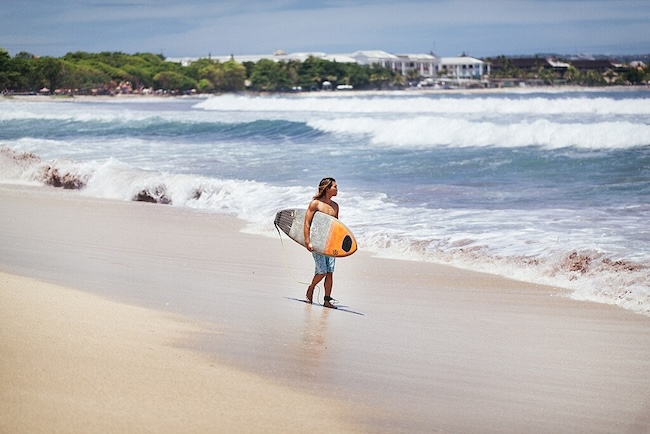Educating Aussies about our big northern neighbour
Pam Allen
I was recently invited by my local U3A branch to give a 50-minute presentation at their Kaleidoscope series of one-off lectures. When I asked what they would like me to talk about, the reply was ‘Indonesia’. The assumption that ‘Indonesia’ was a topic that could be covered in less than an hour brought home to me yet again that this huge country to our near north remains largely unfamiliar even to educated Australians. I seem to have spent the last 50 years trying to change that, and yet still, even from close friends, I find myself fielding questions like ‘Aren’t you nervous about travelling alone as a female in a Muslim country?’ or, as I was asked just last week by an endocrinologist after an interpreting job, ‘I’ve never heard Indonesian spoken before. It sounds like such a melodious language; what’s its origin?’
Many readers will be familiar with the constant quest among Indonesianists for a ‘hook’ on which to hang interest in and knowledge of Indonesia. We yearned for an Indonesian version of K-Pop or anime that would appeal to younger Australians. We looked to the surfing community to spread the word about the rich diversity of Indonesia and its cultures. We introduced the Indonesian language into primary schools. We took groups of students on field trips to Indonesia. But still, beyond Bali, Indonesia remains off the radar for most Australians.
Academics…
As a magazine with short, catchy articles about the whole range of human experience in Indonesia, written in accessible language and whetting the reader’s appetite for more, Inside Indonesia seems like the ideal medium to spread the word about Indonesia to the lay community. But I suspect that most readers of Inside Indonesia are still academics and students of Indonesia.
Distribution is of course a key factor. When Inside Indonesia was a print magazine, it wasn’t a publication you could pick up at your local newsagent. Its online version, perversely, is even less accessible, unless you’ve been given a heads-up about it. I remember eagerly devouring Inside Indonesia from cover to cover when it landed in my (actual) mailbox. Its physical presence was a reminder to pick it up and keep reading. Nowadays, online, it’s too easy to flag it for future reading and lose the momentum. It’s kind of out of sight, out of mind. (I am, of course, from a particular demographic and am aware that my reading habits differ from those of younger generations.)
I wonder too whether academics are the right people to be writing for Inside Indonesia. While of course academics bring the research credentials and background knowledge, we are used to writing in a much more academic style than that required by Inside Indonesia. I recall the irony of being asked by the II editorial team to revise an article and eliminate the academic terminology, the exact opposite of what we are asked to do in an academic journal. To be blunt, the question for an academic then becomes whether it is worth submitting to Inside Indonesia because the revisions are often as onerous as those required for an academic journal but, as a non-refereed magazine article, it does not attract research points. Having said that, I am pretty confident my publications in Inside Indonesia over the years have attracted more readers than my refereed publications.
Surfers?
Could this dilemma be resolved by inviting more non-academics to write for Inside Indonesia? Is there a place for surfers, businesspeople, aid workers, retired expats, travellers, photographers and medical professionals to share their understanding of Indonesia?

Inside Indonesia has been central to my career as an Indonesianist. It is a source of knowledge, a teaching resource and a way of keeping up to date with current affairs in Indonesia. I regularly go back to early editions of the magazine, and find the articles there as fresh and illuminating as when they were first published.
Like everything that is worthwhile, the magazine emerges from the blood, sweat and tears of a dedicated team. Most are busy academics who take time out to work on something that does not ‘count’ in the modern university. This might not be forever sustainable. But having endured for 40 years, Inside Indonesia will surely weather some of the challenges I mention in this reflection.
(Oh, and about that U3A presentation? Much like this article, it was very much about ‘my’ Indonesia - with a focus on people-to-people relationships - and as such perhaps quite different from how others would have approached the topic. Needless to say, Inside Indonesia got a mention as a source of useful and fascinating analysis on all aspects of contemporary Indonesia.)
Pam Allen (pam.allen@utas.edu.au) Adjunct Associate Professor of Indonesian at the University of Tasmania, and a frequent author in Inside Indonesia.












